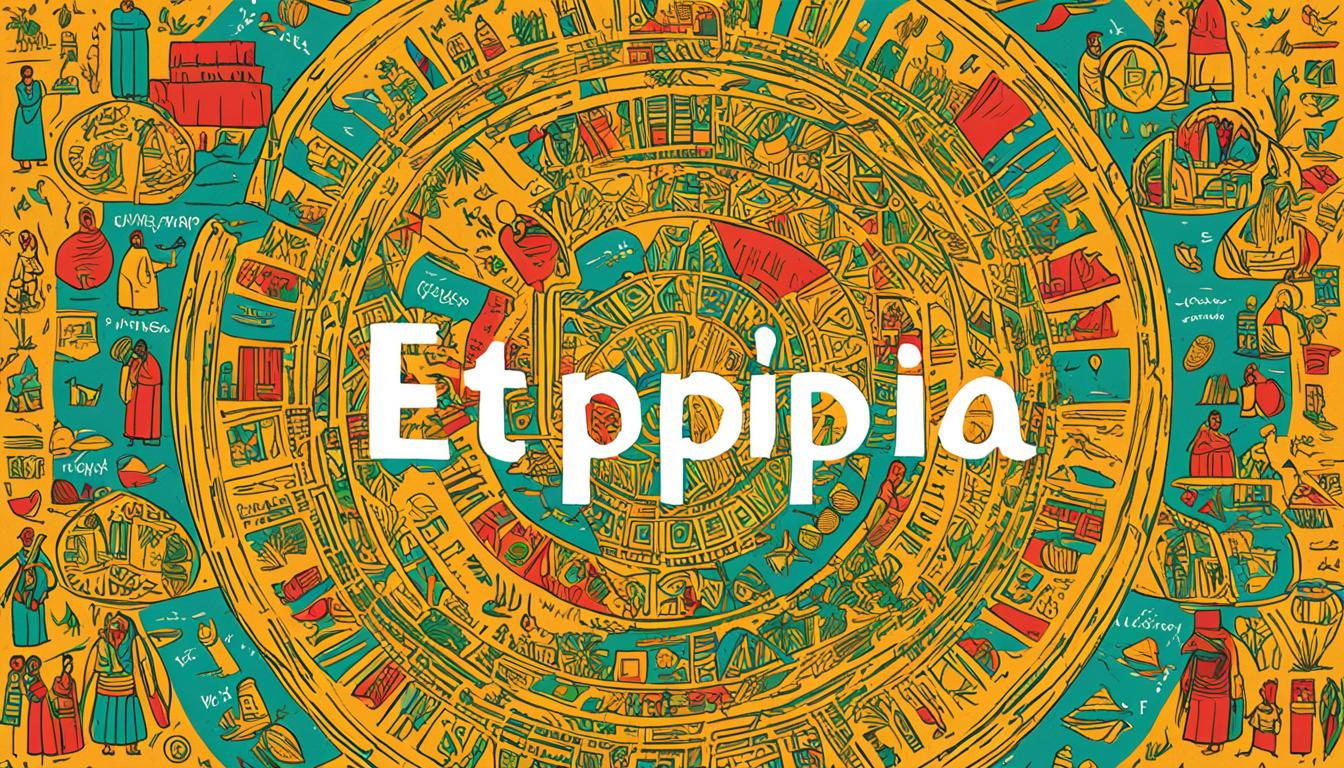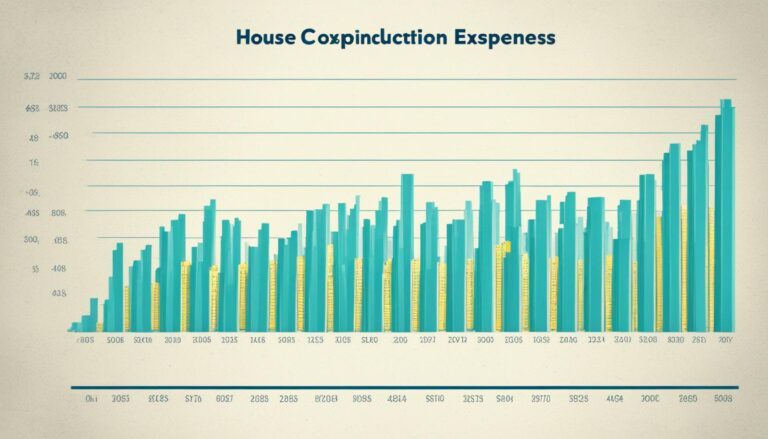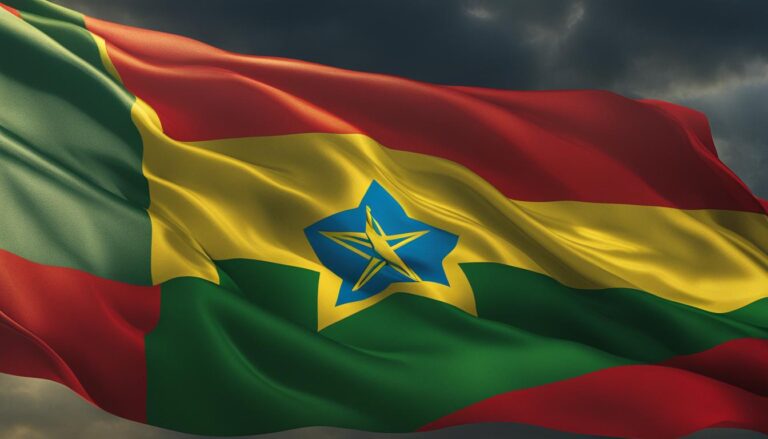How Many Languages Are Spoken in Ethiopia?
Did you know that Ethiopia is home to a staggering 88 languages? That’s right, this East African country boasts a linguistic landscape like no other. With such a rich tapestry of languages, Ethiopia stands out as a linguistic melting pot with a cultural heritage that spans centuries.
From Semitic to Cushitic, Omotic to Nilo-Saharan, the languages in Ethiopia vary significantly in terms of their origins and usage. While some are widely spoken and recognized as official languages, others face the threat of extinction.
In this article, we will explore the fascinating world of Ethiopian languages, delving into the major language groups, the most widely spoken languages, the endangered languages, and the influence of foreign languages in this diverse nation.
Key Takeaways:
- Ethiopia is home to 88 languages, making it one of the most linguistically diverse countries in the world.
- The four major language groups in Ethiopia are Semitic, Cushitic, Omotic, and Nilo-Saharan.
- Oromo and Amharic are the most widely spoken languages in Ethiopia, with Oromo being the most spoken language in terms of native speakers.
- There are several endangered languages in Ethiopia, with some already extinct and others at risk of disappearing.
- English and Arabic are two foreign languages that play a significant role in Ethiopia due to historical and cultural connections.
Afroasiatic Languages in Ethiopia
In Ethiopia, the diversity of languages is vast, with a rich tapestry of linguistic heritage. The dominant language family in Ethiopia is Afroasiatic, encompassing a wide range of languages spoken throughout the country. Within the Afroasiatic language family, three major branches are prominent: Semitic, Cushitic, and Omotic.
Semitic Languages: The Semitic languages have a significant presence in Ethiopia. Amharic and Tigrinya, two Semitic languages, are widely spoken, with Amharic being the official language of the country. These languages have a long and rich history, deeply rooted in the Ethiopian culture.
Cushitic Languages: Another prominent group within the Afroasiatic family is the Cushitic languages. Oromo and Somali are notable examples of Cushitic languages spoken in Ethiopia. Oromo is not only widely spoken but also boasts the highest number of native speakers in the country.
Omotic Languages: The third branch, the Omotic languages, are spoken in various regions of Ethiopia. These languages exhibit complex tonal systems and are the subject of ongoing debate among linguists regarding their classification. Although less prevalent than the Semitic and Cushitic languages, Omotic languages hold significant cultural and linguistic value in Ethiopia.
Overall, the Afroasiatic language family with its Semitic, Cushitic, and Omotic branches contributes to the linguistic richness and diversity found throughout Ethiopia. It reflects the country’s vibrant cultural heritage and the coexistence of different ethnic groups.
| Language Family | Languages |
|---|---|
| Semitic | Amharic, Tigrinya |
| Cushitic | Oromo, Somali |
| Omotic | … |
The Most Widely Spoken Languages of Ethiopia
When it comes to language diversity, Ethiopia is a fascinating country with a rich linguistic tapestry. The two most widely spoken languages in Ethiopia are Oromo and Amharic. Oromo is spoken by approximately 34% of the population, making it the most spoken Ethiopian language. Amharic follows closely behind, with around 30% of the population conversing in this language.
Moreover, these languages, along with Somali and Tigrinya, are officially recognized as the Ethiopian official languages. Amharic holds particular prominence in government affairs and is commonly used in official publications. On the other hand, Oromo takes the lead with the highest number of native speakers.
| Language | Percentage of Population |
|---|---|
| Oromo | 34% |
| Amharic | 30% |
| Somali | 6% |
| Tigrinya | 5% |
The linguistic landscape of Ethiopia showcases the diversity and vibrancy of its people. With Oromo and Amharic leading the way, the country embraces the ethos of multiculturalism and linguistic heritage.
As we continue to explore the linguistic riches of Ethiopia, it’s evident that language plays a vital role in shaping the country’s identity and cultural fabric.
Endangered Languages of Ethiopia
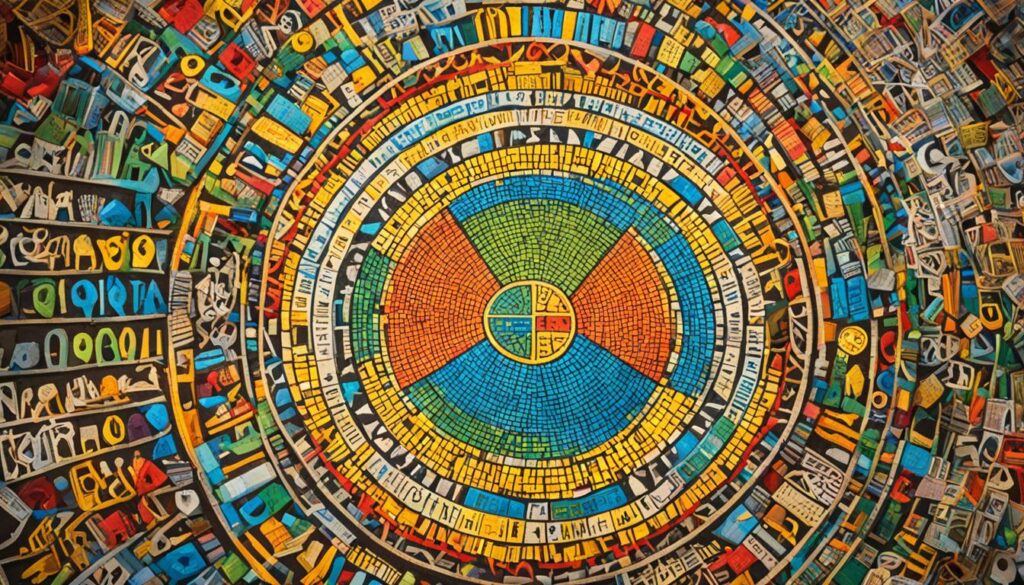
Ethiopia is home to several endangered languages, some of which have already become extinct. Two such languages are Weyto and Rer Bare, which unfortunately no longer have living speakers. The Ongota language is also in a critical state, with a high risk of disappearing within a generation. Additionally, there are 22 languages in Ethiopia that are currently classified as endangered, with fewer than 10,000 speakers remaining.
The preservation of these endangered languages is of utmost importance to Ethiopian language conservation efforts. Recognizing the cultural significance and value that these languages hold, the Ethiopian government has taken steps to safeguard local languages and cultures. For instance, different ethnic groups are now allowed to use their native languages in primary education, promoting language preservation and revitalization.
Despite these efforts, the threat of extinction still looms over many Ethiopian languages. The loss of these linguistic treasures would mean the loss of unique cultural identities and valuable knowledge systems. It is crucial for us to support and invest in the conservation of endangered Ethiopian languages to ensure the preservation of linguistic diversity for future generations.
English and Foreign Languages in Ethiopia
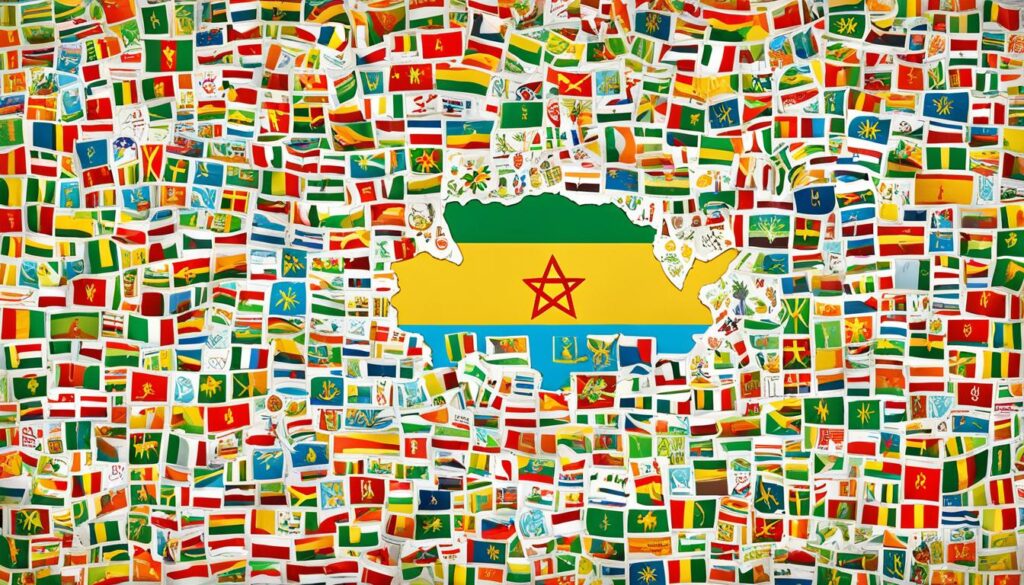
As we explore the linguistic diversity of Ethiopia, it’s important to note the presence of foreign languages in the country. English, as the most widely spoken foreign language, holds significant influence and is increasingly used as a medium of instruction in schools. It plays a critical role in facilitating international communication, trade, and tourism.
Although English is not an official language in Ethiopia, it is commonly spoken and understood, particularly in urban areas and among the younger population. The Ethiopian government has recognized the importance of English proficiency and has taken steps to improve English language education in schools.
Additionally, Arabic holds significance in Ethiopia, especially among the Muslim population. Through historical and cultural connections with neighboring countries, Arabic has become widely understood and used in various contexts, including religious practices, commerce, and cultural exchanges.
“Language is the road map of a culture. It tells you where its people have been and where they are going.”
– Rita Mae Brown
It’s worth highlighting that the linguistic diversity of Ethiopia extends beyond its indigenous languages. The presence of English and Arabic alongside local languages showcases the country’s openness to embracing different cultures and languages.
To visually represent the linguistic landscape of Ethiopia, let’s take a look at a table below:
| Language | Usage |
|---|---|
| Amharic | Official language, widely spoken |
| Afan Oromo | Widely spoken, largest number of native speakers |
| Tigrinya | Official language, significant number of speakers |
| Somali | Official language, commonly spoken |
| English | Foreign language, widely spoken and used in education |
| Arabic | Foreign language, widely understood among the Muslim population |
As seen in the table and image above, Ethiopia’s linguistic landscape is a tapestry of diverse languages, both indigenous and foreign. This language diversity not only reflects the country’s historical and cultural heritage but also presents opportunities for cultural exchange, economic growth, and international cooperation.
Conclusion
Ethiopia’s linguistic landscape is a vibrant tapestry of diverse languages, reflecting the country’s rich cultural heritage and identity. With 88 languages spoken, Ethiopia showcases the importance of language in its societal fabric. From widely spoken languages like Oromo and Amharic to endangered languages fighting for preservation, the linguistic diversity of Ethiopia is awe-inspiring.
The linguistic tapestry of Ethiopia not only encompasses indigenous languages but also includes foreign languages like English and Arabic. English has emerged as a widely spoken foreign language and is increasingly used as a medium of instruction in schools. Arabic, on the other hand, is commonly understood among the Muslim population, adding to the linguistic diversity of the country.
Efforts have been made by the Ethiopian government to preserve local languages and cultures, with a focus on allowing different ethnic groups to use their native languages for primary education. This commitment to language preservation reflects Ethiopia’s recognition of the value and significance of linguistic diversity in maintaining cultural heritage.

